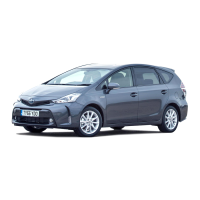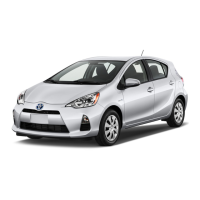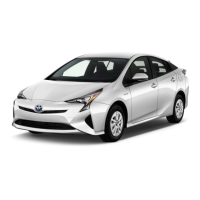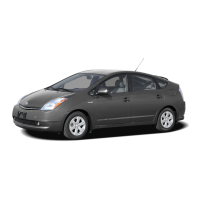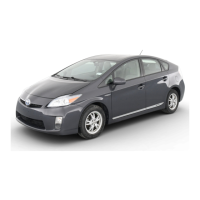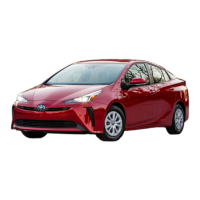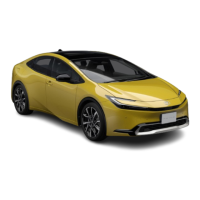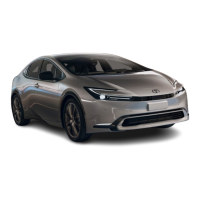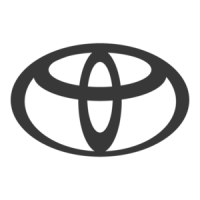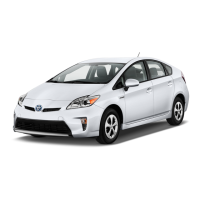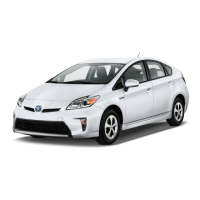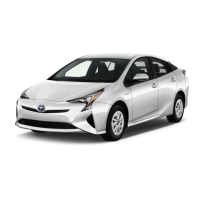Traffic
It is common for people to forget how much traffic patterns change during the winter. Slippery
roads cause major delays, increasing driving time significantly. So even with the benefit of the
hybrid system, there is still a very real plenty for getting stuck in that traffic heavy traffic.
Heater
Heat to keep you warm in the winter comes from the engine. Hot coolant is circulated through the
heater-core as long is possible to continue heating the air. But eventually, it cools. At that point,
the engine must restart to warm the coolant again.
A/C
The A/C system in Prius is powered by an electric pump, not a pump powered by a belt connected
directly to the engine. That means in can run for a modest amount of time exclusively using only
the battery-pack, providing a significant efficiency benefit during the summer.
Emissions
Prius Rating
Prius (HSD model) has earned a CARB emission rating of: AT-PZEV
Engine Light !
After filling the gas tank, failing to completely tighten the cap will trigger the engine light. That
warning informs you that the unsecured cap is allowing evaporative emissions to escape from the
system. Simply twist the cap a little bit more. The light will automatically turn off afterward.
Categories
Just because a vehicle is labeled as a "Hybrid", that does not mean the vehicle is actually any
cleaner. In fact, some hybrids emit the same amount of smog-related pollution as a common
traditional vehicle.
CARB (California Air Resources Board) defines the following categories to help you identify how
clean the vehicle is (from
http://www.arb.ca.gov/msprog/zevprog/factsheets/driveclean.pdf ):
LEV (Low Emission Vehicle)
The least stringent emission standard for all new cars sold in California beyond 2004.
ULEV (Ultra Low Emission Vehicle)
50% cleaner than the average new 2003 model year vehicle; rated for 100,000 miles.
SULEV (Super Ultra Low Emission Vehicle)
90% cleaner than the average new 2003 model year vehicle; rated for 120,000 miles.
PZEV (Partial Zero Emission Vehicle):
Meets SULEV tailpipe emission standards, has a 15-year / 150,000 mile warranty,
and has zero evaporative emissions.
AT-PZEV (Advanced Technology - PZEV):
Meets SULEV tailpipe emission standards, has a 15-year / 150,000 mile warranty,
has zero evaporative emissions and includes advanced technology components.
ZEV (Zero Emission Vehicle):
Zero tailpipe emissions, 98% cleaner than the average new 2003 model year vehicle.
Prius User-Guide 16 of 53 Last Updated: 9/30/2006
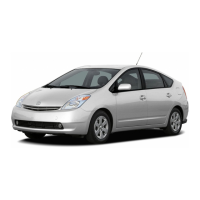
